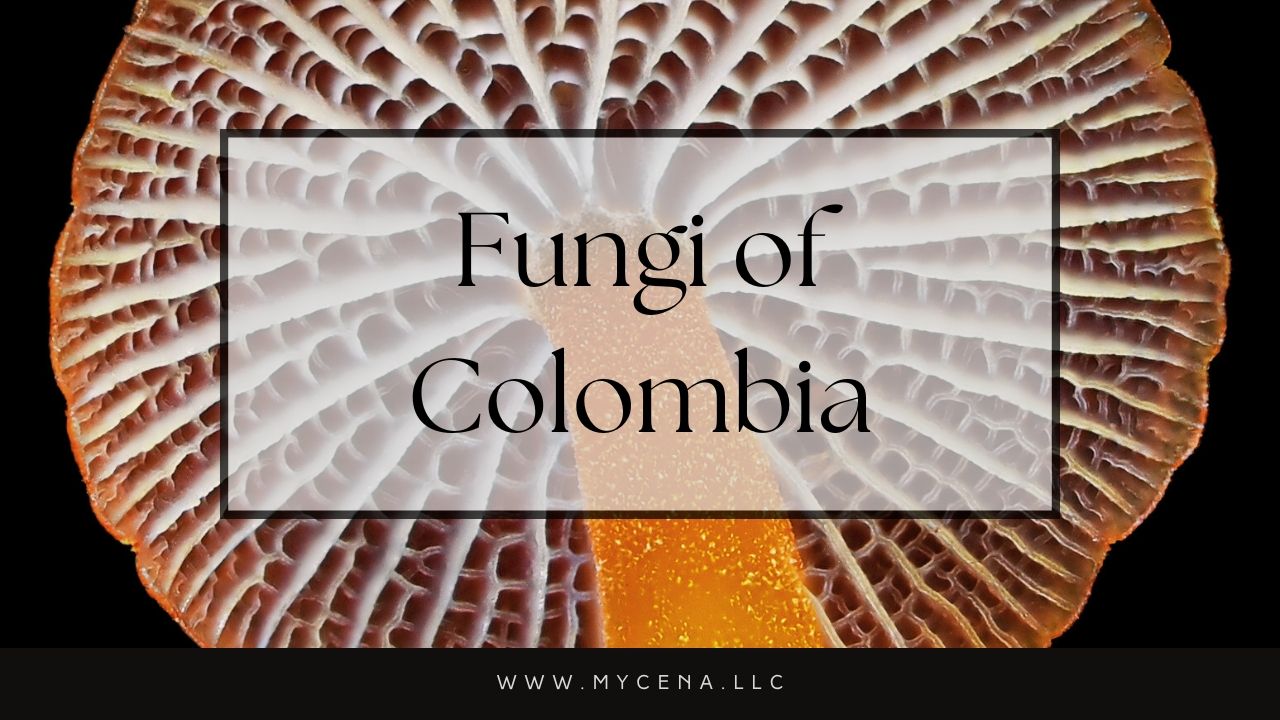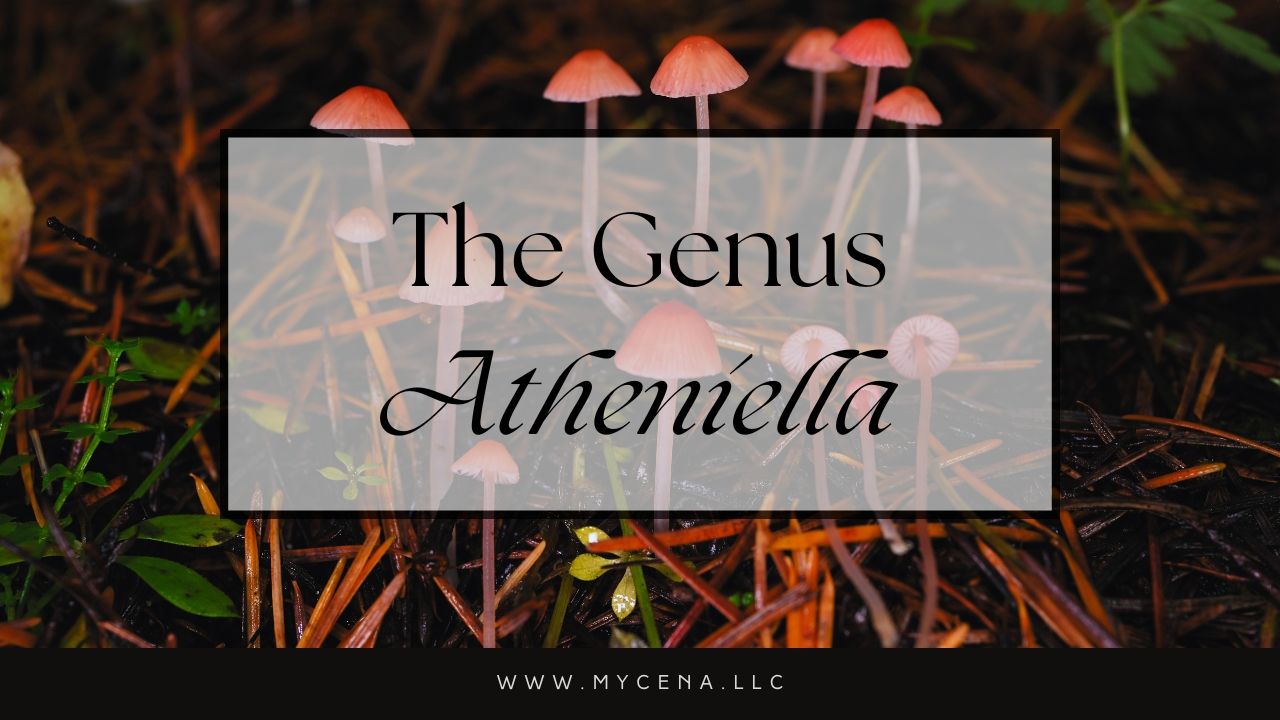The neotropical páramo is a singular environment found only in the mountains of Central America and the northern Andes, between 3,000 and 5,000 meters above sea level. Sandwiched between treeline and snowline, these rugged, glacially-shaped landscapes are distinguished by their humid, cold climate a...
Lsat year the New York Times published an article called The Mushroom Hunters Can't Stop Finding Mysterious Fungi, which featured the Sonoma Mycological Society, and several great quotes by Mandie Quark. This article marked a monumental achievement for the mycology community. Our collective work DNA...
The South American country of Colombia is unimaginably special, topping the charts as 3rd highest in the world on the global biodiversity index. One of only 17 mega-diverse countries on the planet, Colombia’s sometimes-rugged high elevation terrain is still vastly under explored by mycologists. So i...
Old-growth forests are defined as ecosystems that developed over significant timespans without major disturbance. Forests with old-growth areas feature large, mature trees, multilayered canopies, coarse woody debris, and minimal sign of humans. Here, trees of all ages and sizes can coexist in layere...
Herbaria around the world are important repositories, housing collections of preserved organic specimens. These storage facilities serve as invaluable resources for scientific research, education, and conservation. Herbaria have long been recognized as critical repositories for botanical knowledge, ...
The genus Atheniella is characterized by strikingly colorful fruit bodies, ranging from vibrant yellows and pinks to deep oranges and reds. These small but visually arresting fungi typically grow on plant debris in forests, fields, and bogs, adding splashes of color to often muted surroundings.
Estab...
Imagine a world where the forests are silent, the skies are empty, and oceans are contaminated. What you are picturing isn’t a distant future - it’s the reality that we are facing right now. Biodiversity is an intricate web that supports all life. Every species, from minuscule microbes to massive ma...








